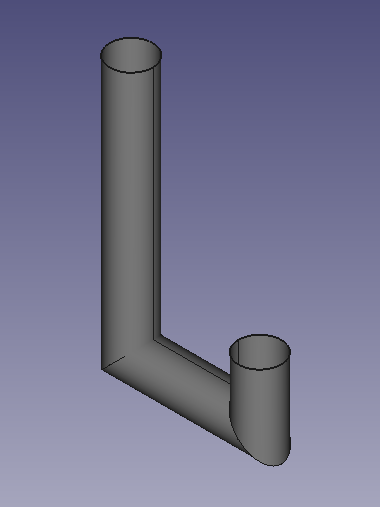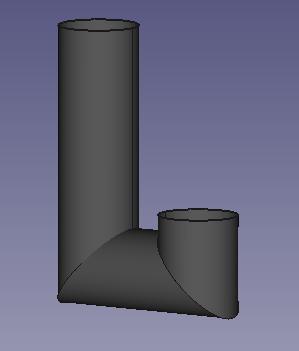


Gerry Parent wrote:Mark, Seeing as you are using it just for cooking with nothing to slow or add friction to the exhaust (barrel or mass), the burn tunnel can be shorter without any problems. The ratios are mostly guidelines as there are so many factors with every build that can affect what you can get away with in modifying them.
Have you considered a square tube rather than round? This is what I used for my first RMH build and had an ash tray (made from a recycled cooking oil can) and a metal grate that I made from 1/2" rebar that worked quite well.
Glenn Herbert wrote:Rather than depend on the iffy feeding character of a slanted feed tube, I would go with a simple L-tube. A grate in the bottom like Gerry's, or even just a bent piece of metal that gives an air path to the back of the burn tunnel, would help.
A J-tube needs no grate or air channel. A 4" system is small enough that cleaning ash becomes difficult, and an ash cleanout would be needed.
Are you looking for a stationary outdoor cooking stove, or a portable one, or a traveling/camping one? That makes a big difference in what will be most practical.

Gerry Parent wrote:Hi Mark, Welcome to the forums. The ratio 1:2:4 is broken down as follows : 1 means feed tube, 2 means burn chamber and 4 means heat riser. Since all the photos (minus the top middle) one doesn't have a burn chamber, the ratio is kind of irrelevant from the start. I don't have any experience with making a modified L tube like these ones but I do know that I've heard several people complain that they don't consistently feed the wood very well at a 45 degree angle - The wood doesn't slide good and gets caught up more easily than a 90 degree feed tube.
Perhaps someone with more experience with making one can chime in to help you.



